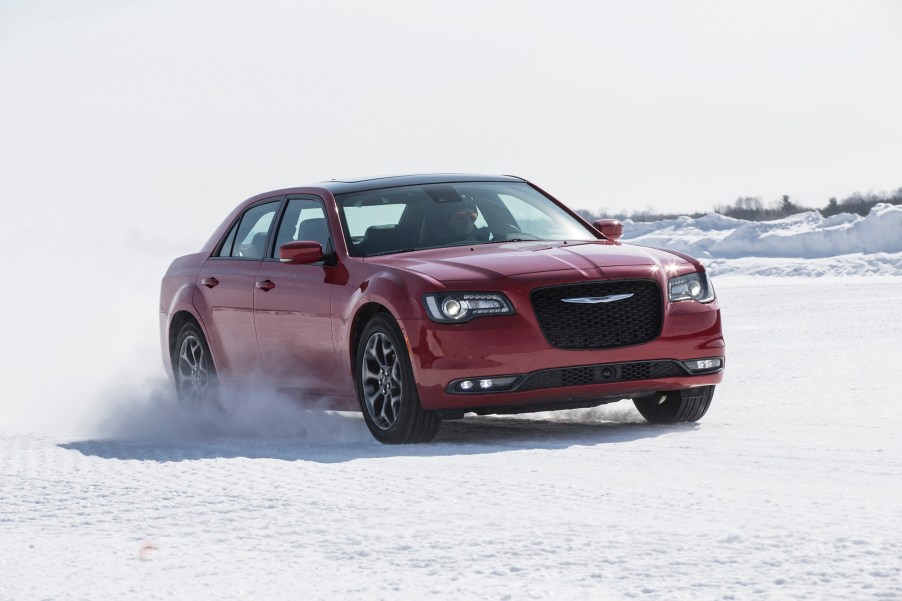
Tips for Heading Into Winter With Only Rear-Wheel Drive
Winter is coming, and the only thing we can do to drive in it is prepare well. Snow, ice, and cold weather, in general, can impact a car’s performance. Whether you’re living up north, where it isn’t easy to manage, or in the south, where there might be one snow day a year, learning o drive in the winter is challenging. Most drivers’ best option is to buy a four- or all-wheel drive vehicle. However, if you’re stuck with a rear-wheel drive model this winter, there are some things you can do to make the season a little easier. Here are some tips for heading into winter with only rear-wheel drive.
Rear-wheel drive isn’t what it used to be

According to Cars.com, rear-wheel drive isn’t the horrible winter driving experience it once was. With newer models, traction-control systems and electronic-stability systems have made RWD much more manageable in the winter. While they’re not nearly as good as all-wheel drive, it’s no longer guaranteed that you’ll lose control on ice or light snow.
Traction control is exclusively meant to prevent wheelspin at the drive wheels. This is when you see a car get stuck and, depending on if it’s front- or rear-wheel drive, its drive wheels spin endlessly without moving the car. This system assists the vehicle on slippery surfaces by limiting the throttle and braking the drive wheels, which also helps to prevent spin-outs. Today’s systems are pretty effective at doing these things, and in light winter weather can be good enough.
Heading into winter with only rear-wheel drive

Editors of Cars.com say rear-wheel drive is more usable in the winter than ever before. However, we can do a few things to make RWD models even better. For example, placing weight in the back of the vehicle can actually help. Bricks, cinder blocks, or bags of sand in the trunk can help weigh down the back end, where the wheels are producing power. This can assist with keeping the tires planted on the ground and prevent loss of traction.
Next, drivers should go easier on the gas pedal than they normally would. Instead of quick acceleration around turns and in residential areas, keep it steady to prevent hitting hidden patches of ice, or black ice, that ends in losing control. Another tip is to keep a loose grip on the steering wheel. Sometimes, gripping it too hard will cause you to panic and move it in the wrong direction if your vehicle does begin to slide or spin.
Overall, keeping it steady and slow is the way to go. Avoid braking while turning, and be sure to pay attention to what’s on the road. Hitting a slippery surface means you’ll slide or spin and have to steer into the slide while avoiding hitting the gas again. Another Cars.com contributor recommends getting a good set of winter tires. Although expensive, these can last years and really help with a rear-wheel drive car that shouldn’t be driving in the snow.
Tips for a rear-wheel drive winter
In conclusion, winter weather is manageable with a rear-wheel drive vehicle. Modern RWD offers traction control systems that usually help drivers maintain traction even in harsh conditions. However, there’s no replacement for AWD and winter tires. Getting either of those is the best option if your hometown is somewhere it often snows. We think some of the other tips are useful, like adding weight to your trunk. Unfortunately, the best thing you can do is take it slow. While accelerating, pay attention to the road ahead at all times, slow down in a straight line, keep it slow while turning, and keep a loose grip on the wheel in case of an emergency.



